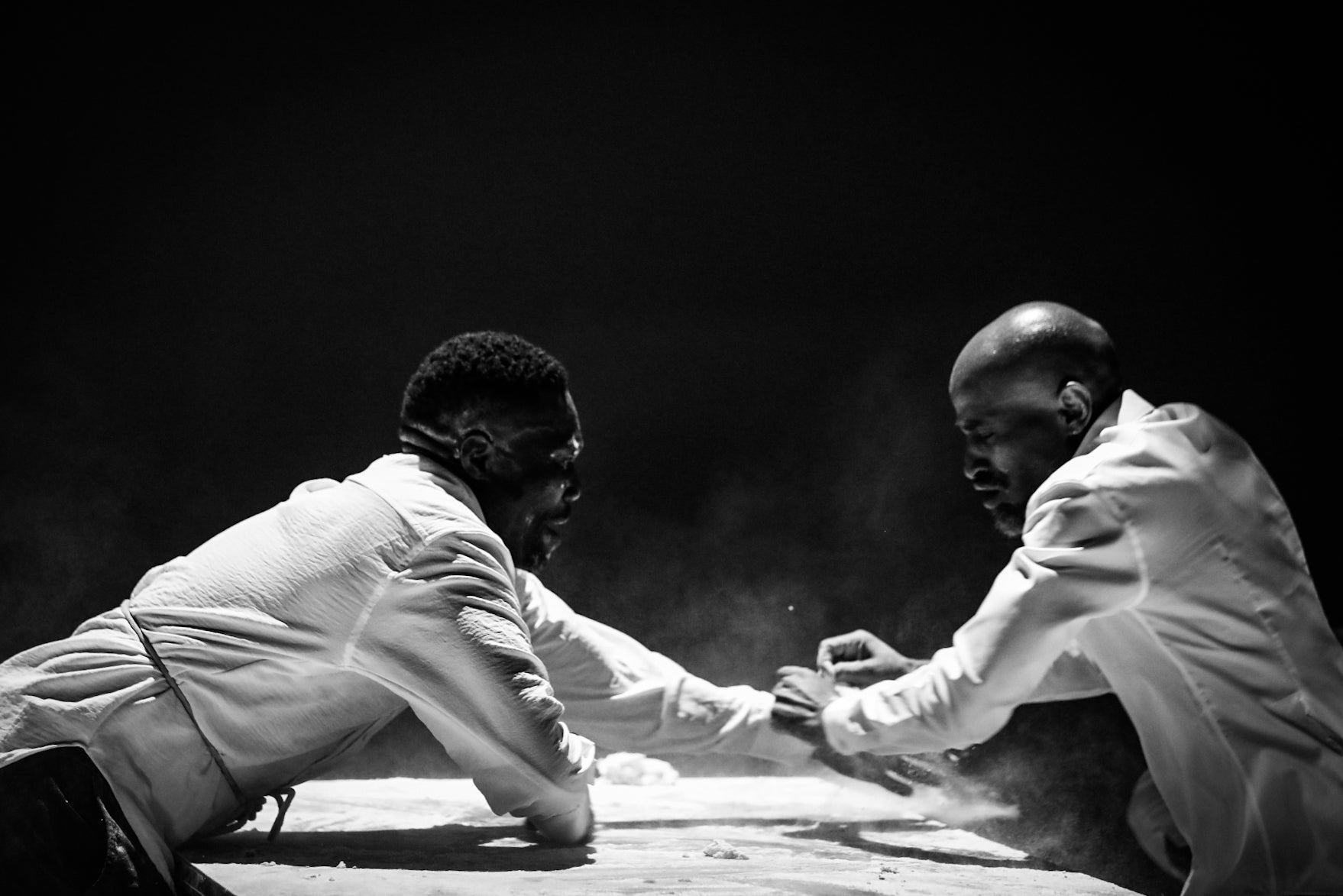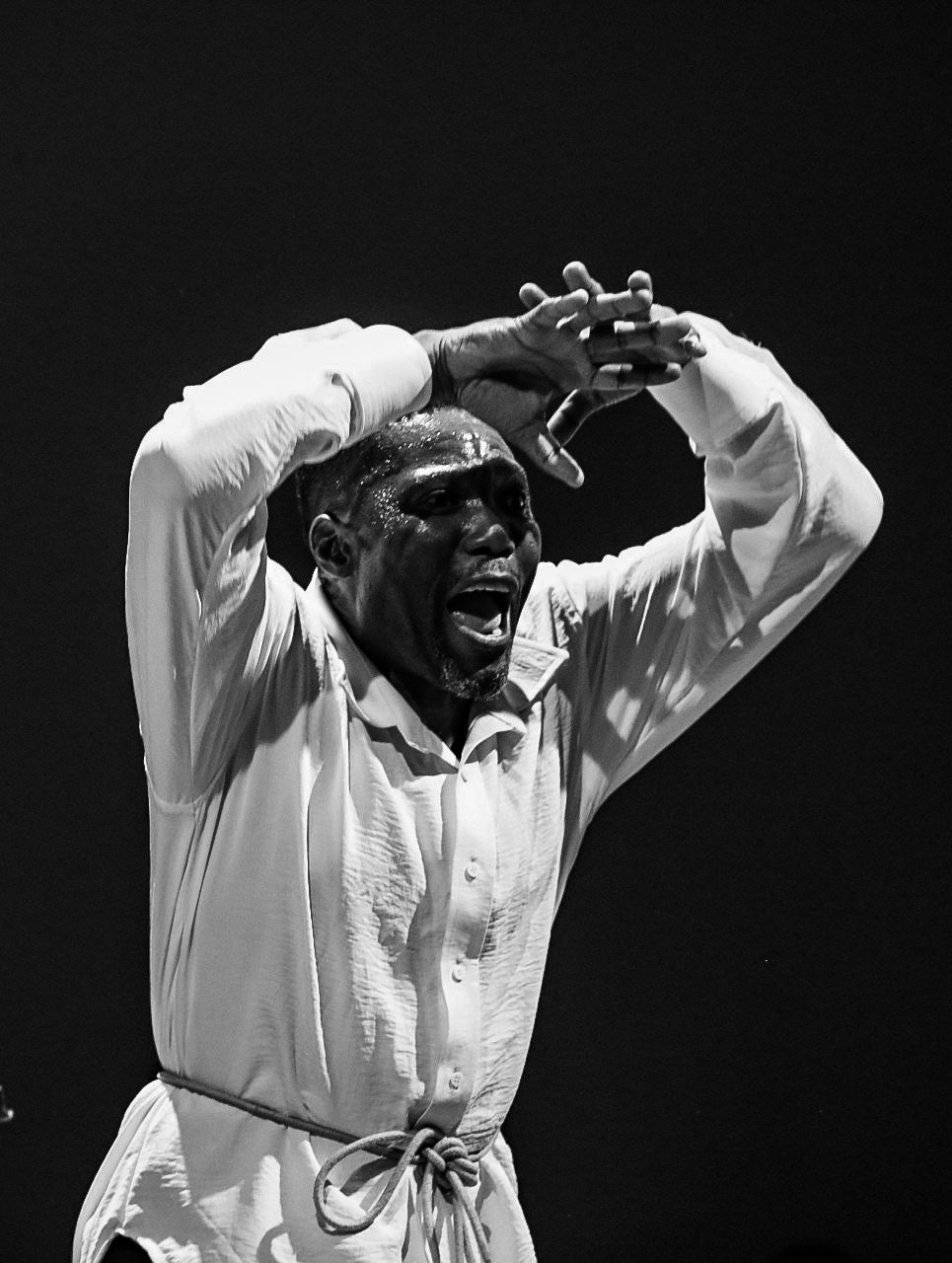Ah, Gregory! I understand, but that doesn’t mean I won’t miss seeing you perform, although you will be onstage for, “The Land We Carry,” which will be at UCLA December 12. Will this be your final onstage performance and what is the work about?
Yes, that’s my last show. [Although] the piece was not made to be a touring piece, it was made as a response to the BMW Art Fair in South Africa. BMW commissioned me to curate a piece that will be in a space, in a museum space. I created this last year, and the success of it led to it going to Maputo in another festival, and now to UCLA.
It questions the ideologies of land, and who owns it, who has the right to it, and where is home, really? And what defines home, what defines land, what parameters define land, who’s entitled to it? It’s a bunch of questions around land. We’re still struggling with it in South Africa.
The distribution of land has raised so many questions: Eighty percent of the land—rich land—still belongs to the White minority who have continued to benefit from land, and the majority of people in South Africa continue to struggle without land. That was the question around that piece.
That said, I understand you love to collaborate, and have done so with a number of prominent choreographers, including Dada Masilo, Sidi Larbi Cherkaoui and Akram Khan. What draws you to collaboration?
I’m fascinated by my peers, my contemporaries. I’m fascinated about how they make work and I want to tap into their mind, into their space. It’s my own curiosity that really draws me to that. As much as I know them on a personal level, as friends, I also want to know their process that draws me into wanting to make work with them. They inspire me, and I want to get closer to them.
What prompted you to write your memoir, My Life, My Dance, My Soul, which was published last year?
When I was turning 50 last year, I thought about what is it I want to leave behind, apart from the body of work. I wanted also to have an inspiration of hope that was speaking to young adults, speaking to young dancers, for them to learn my story, to see the possibilities. They can also see themselves if they put their minds in the right space and persevere to reach their dreams, then it’s all possible.
How beautiful. Speaking of young people, what advice to you have for aspiring choreographers?
To be who they want to be, and not to conform to any stereotypical demands of what or how dance should look like. Let them be themselves. By being themselves, they tap into their truth. I think when you tap into your truth, you’re much more likely to make something interesting.













comments